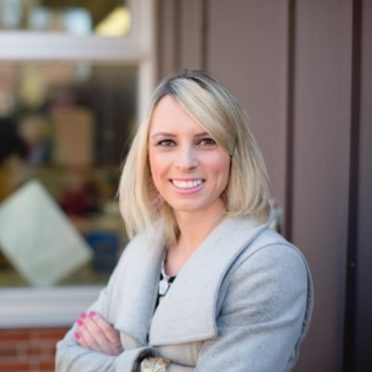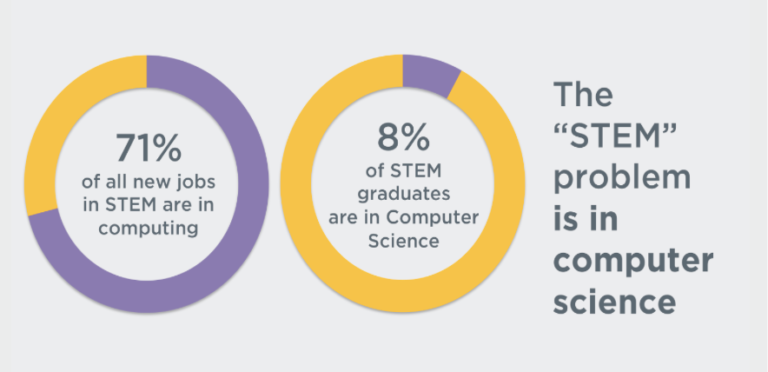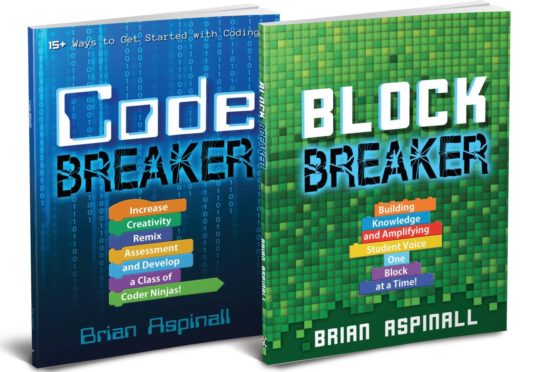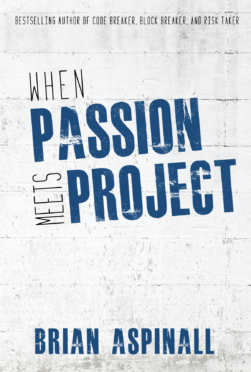I’ve known Maggie for quite sometime via social media and was grateful to get to listen to her give a wicked Ignite Talk recently in the Toronto area. She spoke from the heart about “those” kids (my use of quotations is intentional, as was her talk, in that we both aren’t fans of labels). Maggie is a special education teacher in the Toronto, Ontario area and has a passion for equity and inclusion. I recently connected with her again after catching wind of some coding activities she was exploring with her students.
Hi Brian!
I love how your book “Code Breaker” talks about how kids need to know how to communicate their ideas. This really stands out to me as I believe that we all communicate differently. I teach a contained Autism/Developmental Disability Class in Peel and my students are always communicating in different ways. Coding communicates a lot with pictures as do the students in my classroom. My passion is inclusion and how to make other students and adults understand that our label is our name versus the disability that someone has.
For example, it is Johnny not “Autistic Johnny.”
I think that coding can be used creatively to bring many students together to work as a team.
Students can learn that we all communicate in various ways and that coding can be the activity that brings different students together. Since coding can be done with or without the use of technology it is easily differentiated. You mention in “Code Breaker” “this book is about changing how we think about teaching, and that sometimes means learning about new technologies (pg.16)” I think the same applies to teaching students with Autism. We need to change how we think about teaching. Our classroom doors can be welcoming where students can learn that it is not a scary and weird place.
For example, many students love to use iPad’s and just like other students they are fantastic at navigating them. Since coding utilities a lot of photos teachers can collaborate as tech buddies with students in a special education class and teach them that we are all different and communicate in many ways. Students in the special needs class have opportunities to further develop their social skills, as do children in the mainstream. We often forget that inclusion also means to include students that are labeled.
We can use coding to break down attitudinal barriers.

I love your line in “Block Breaker” where you say “instead of focusing on technology or a specific took, lets focus on our pedagogy (pg.29).” What lens are we teaching the lessons through? Have we thought about everyone in the school or are we assuming certain students cannot be part of a lesson because of the label they have been given that we do not understand. Did we even give the students in our class the option to complete an activity with students that have Autism or do we just assume they don’t understand? I look greatly forward to using your book to further inspire more integration amongst all students. Just like Mrs. Boudreau took a chance on you and made an impact lets have all students the opportunity to be inspired by an educator who believes in them.

My name is Maggie Fay and I am passionate about teaching students with Autism and inclusion. I have a B.A in Education from York University and a B.A in Disability Studies from Ryerson University. I am a mom of two hockey loving boys and I love long distance running.
Follow me on twitter! @maggiefay_
Do you have a story to tell? Do you have an activity to share? Email me (brian.aspinall@gmail.com) and be a guest writer on this blog!



 For all the kids who grow up in a small town and think they don’t stand a chance. You do. I was once that kid.
For all the kids who grow up in a small town and think they don’t stand a chance. You do. I was once that kid.